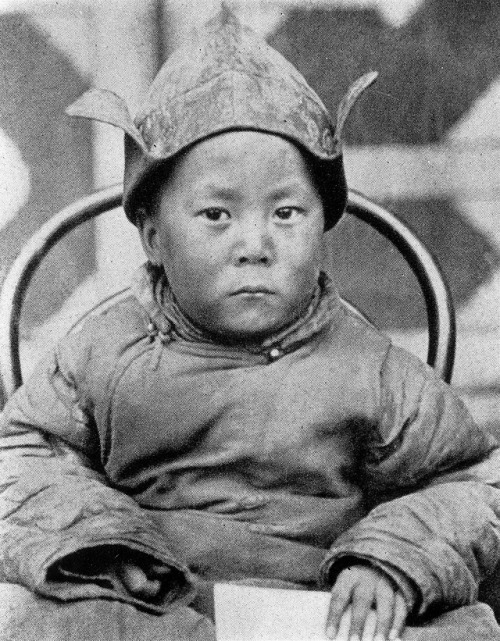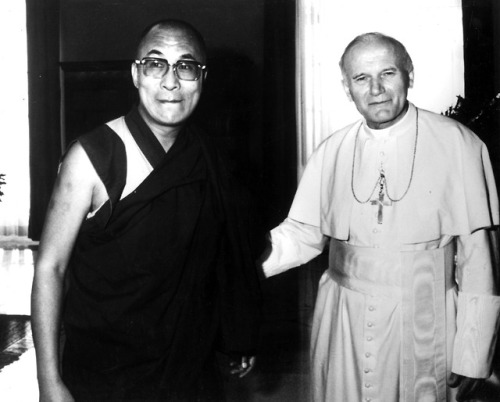#life in photos
His Holiness the 14th Dalai Lama
His Holiness the 14th Dalai Lama Tenzin Gyatso describes himself as a simple Buddhist monk, but he is the spiritual leader of Tibet. He was born on July 6, 1935, to a farming family in the village of Taktser, in northeastern Tibet. At the age of 2, as a child named Lhamo Dhondup, he was recognized as the reincarnation of the previous 13th Dalai Lama, Thubten Gyatso.
The 14th Dalai Lama was not formally enthroned until Nov. 17, 1950, during the Battle of Chamdo with the People’s Republic of China. In 1951, the Dalai Lama and the Tibetan government were pressured into accepting the so-called Seventeen Point Agreement for the Peaceful Liberation of Tibet, which incorporated Tibet into the People’s Republic of China. Fearing for his life in the wake of a revolt in Tibet in 1959, the 14th Dalai Lama fled to India, from where he led a government in exile.
In 2001 the 14th Dalai Lama ceded his partial power over the government to an elected parliament of selected Tibetan exiles. His original goal was full independence for Tibet, but by the late 1980s he was seeking high-level autonomy instead. He continued to seek greater autonomy from China, but Dolma Gyari, deputy speaker of the parliament-in-exile, stated: “If the middle path fails in the short term, we will be forced to opt for complete independence or self-determination as per the U.N. charter.“
In 2014 and 2016, he stated that Tibet is willing to be part of China, but China should let Tibet preserve its culture and script.
Photo credits: Popperfoto/Getty Images, Hulton Archive/Getty Images, Vatican/Reuters, Reuters, Kevin Lamarque/Reuters, Kevin Frayer/AP, Christopher Furlong/Getty Images
See more photos from the life of His Holiness the 14th Dalai Lama our other slideshows on Yahoo News.
Post link







